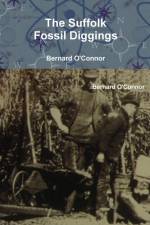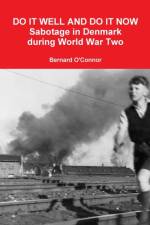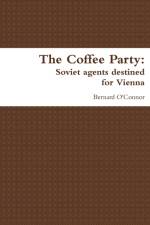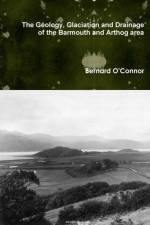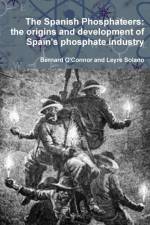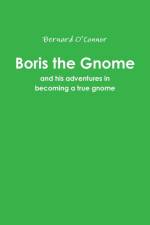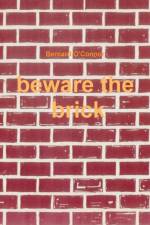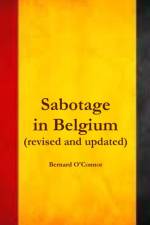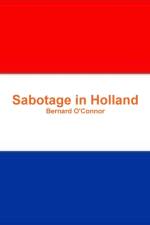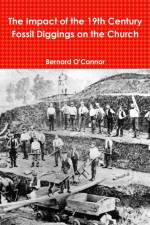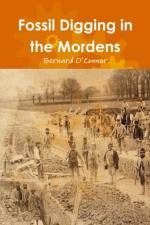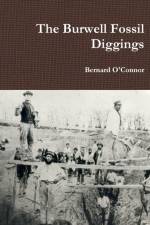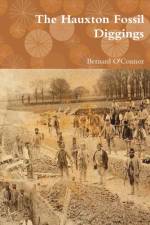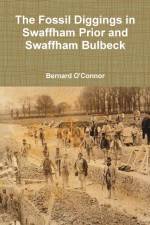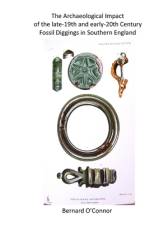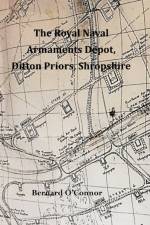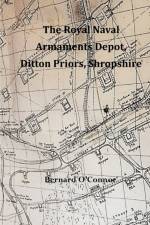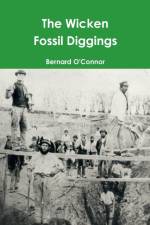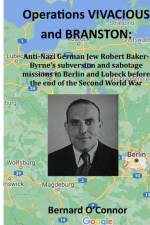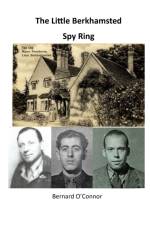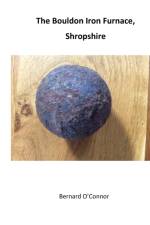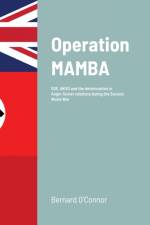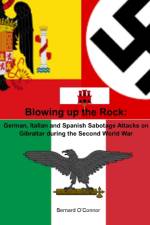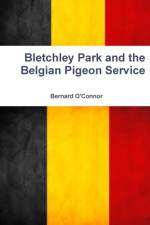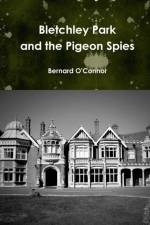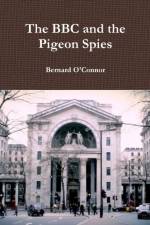- Anglo-Soviet Relations during the Second World War
von Bernard O'Connor
46,00 €
As a result of a secret agreement between Joseph Stalin, General Secretary of the Russian Communist Party and Premier of the Union of Soviet Socialist Republic (USSR), and Winston Churchill, the British Prime Minister, signed in Moscow in September 1941, the intelligence agencies of both countries agreed to work together. To be more specific, officers of Norodny Kommissariat Vnutrennich Dyel (NKVD), the Soviet People's Commissariat for Internal Affairs, liaised with officers in the Special Operations Executive (SOE), a newly formed clandestine warfare organisation which was separate from the established Secret Intelligence Service (SIS), usually known as MI5 and MI6 The Soviet Union sent a mission to London and Britain sent a mission to Moscow.For four years until September 1945, NKVD and SOE officers liaised over military, political and economic matters, not just in Western Europe but also in the Middle East and Far East. This book, a documentary history written with an admittedly British filter, focusses on SOE and NKVD activity in Afghanistan, a landlocked mountainous country between the Soviet Union and India, the crown jewel of the British Empire. It also includes the story of Bhagat Ram, a Hindu communist who worked as a Soviet agent, taking false intelligence reports to officials in the Italian, German and Japanese embassies in Kabul in exchange for large sums of money, wireless sets and explosives. The NKVD shared Ram's services with the SOE so that he became the only quintuple agent of the Second World War.Primary sources include correspondence in SOE files found in the National Archives in Kew, London, from not just SOE and NKVD officers but also officials in the War Office, the Foreign Office, MI6, British Embassies in Iran, Cairo and New Delhi, the Indian Political Intelligence, the British Raj, the Delhi Intelligence Bureau and Allied Military Headquarters in the Middle East. It also uses extracts from autobiographies and biographies, history books, articles from academic journals and contemporary newspapers and snippets from websites. Bernard O'Connor provides a day-to-day account of the changing Anglo-Soviet relations during the war, international diplomacy, political rivalries, misunderstanding, incompetence, intrigue, lies and deception.

